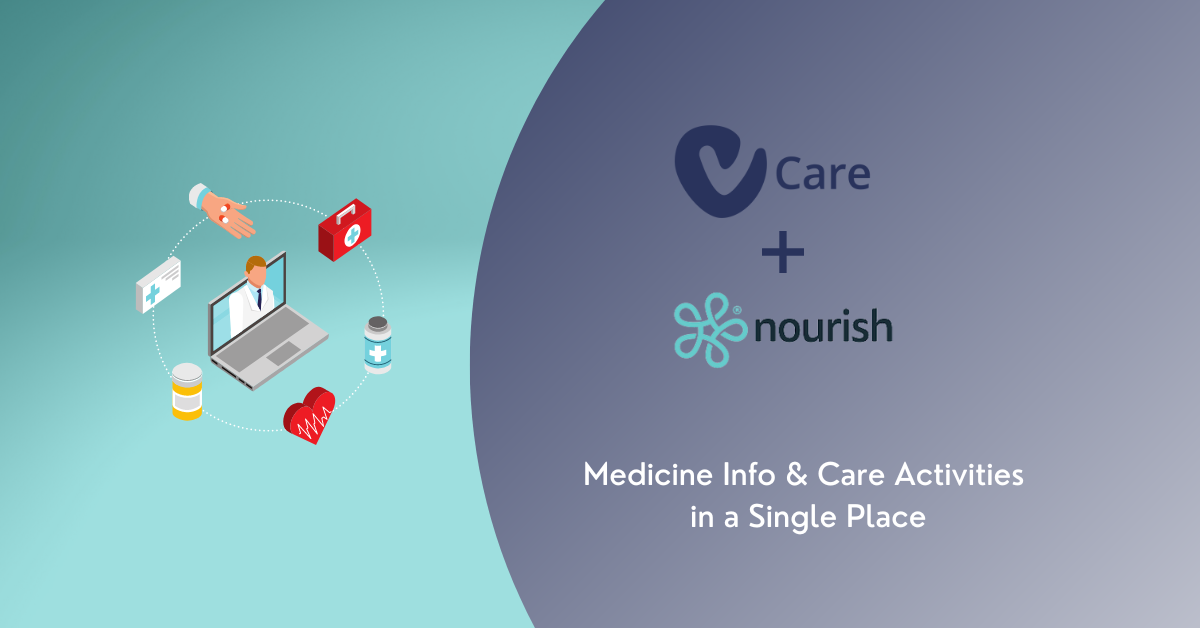What is the 'Missing Items Problem'?
Picture this: a pharmacy is responsible for servicing 30 care homes, catering to 1000 residents, and managing over 11,000 items a month. The goal? To ensure that every medication reaches the right resident at the right time. However, at the start of a new cycle, numerous calls from several care homes flood in, reporting missing medications for specific patients. Upon checking their PMR, the pharmacy discovers they never received the prescription. Further investigation reveals that surgeries failed to issue the prescriptions for various reasons and can only do so the next day. How can a pharmacy effectively track and manage every item in a system that relies heavily on paper-based processes, fragmented communication, and disconnected electronic records?
Pharmacies operate in a high-risk environment where the timely availability of prescriptions is crucial. Failures like the one described above pose a significant risk to resident safety, potentially leading to severe consequences and exacerbating symptoms. For example, a delay in co-careldopa / co-beneldopa for Parkinson's or antibiotics for a worsening infection could result in hospitalisation and life-threatening situations.
Such circumstances like this demand an immediate response, requiring pharmacists to divert resources from their regular operations to communicate with GPs and care homes and track down missing prescriptions.
This reactive approach disrupts the pharmacy's already busy workflow but also necessitates emergency deliveries or last-minute changes, leading to substantial costs and the increased likelihood of errors.
Unfortunately, in these instances of missing items, the common reaction is to identify a point of failure, and pharmacies often bear the brunt of the blame. Even if the pharmacy is not at fault, each incident erodes the trust that care homes, GPs, and residents place in their services. The reputational damage caused by the missing items problem can be long-lasting and may require significant effort to rebuild.
Can technological advancement help alleviate these issues?
The key to resolving the 'missing items problem lies in the power of technological advancements. Paper-based processes make it difficult to trace problems back to their source, obscuring whether the issue lies with the GP, the care home, or within the pharmacy itself. This lack of transparency not only hinders problem-solving but also adds to the complexity of medication management processes.
Emerging technologies, such as electronic Medication Administration Record (eMAR) systems like Camascope's, provide a lifeline for solving these challenges. Real-time visibility into stock levels and prescription statuses ensures transparent communication across all parties involved. The embedded Proxy Ordering feature within the eMAR platform integrates directly with GP systems (EMIS, SystmOne, Vision), addressing a significant bottleneck. Through automation and providing real-time information flow, these platforms can help pre-empt many issues before they become critical, enhancing patient safety and efficiency.
Camascope's pharmacy portal also offers additional solutions to the missing items problem. The portal enables comprehensive stock visibility, automatically calculating the care home's needs until the end of the next cycle. The system flags potential shortages before the cycle start date, permitting timely rectification. By providing end-to-end visibility, the pharmacy can track orders and dispensed items, ensuring that what is ordered is indeed dispensed. The dashboard further prompts the care home if they still need to order their medication close to the cycle start date, fostering proactive management. The portal also increases care home’s visibility over the prescription lifecycle, tracking statuses similar to tracking an Amazon parcel. This allows for quick rectification of delays, preventing the pharmacy from being the scapegoat for any issues.
The path forward
The 'missing items problem' is more than just an administrative inconvenience; it's a critical issue that impacts patient safety, operational efficiency, and professional reputation. The problem demands attention and a strategic approach for mitigation. With the introduction of advanced eMAR systems and pharmacy portals, pharmacies can effectively navigate these challenges. Adopting such technologies is not just an operational upgrade but a vital component of risk management and quality care delivery that reduces errors and assists with the scaling of previously manual operations.
If you’d like to know how Camascope's new eMAR solution can work for your organisation, contact us to find out more.
Latest Insights and Trends
Explore our latest articles and insights.





